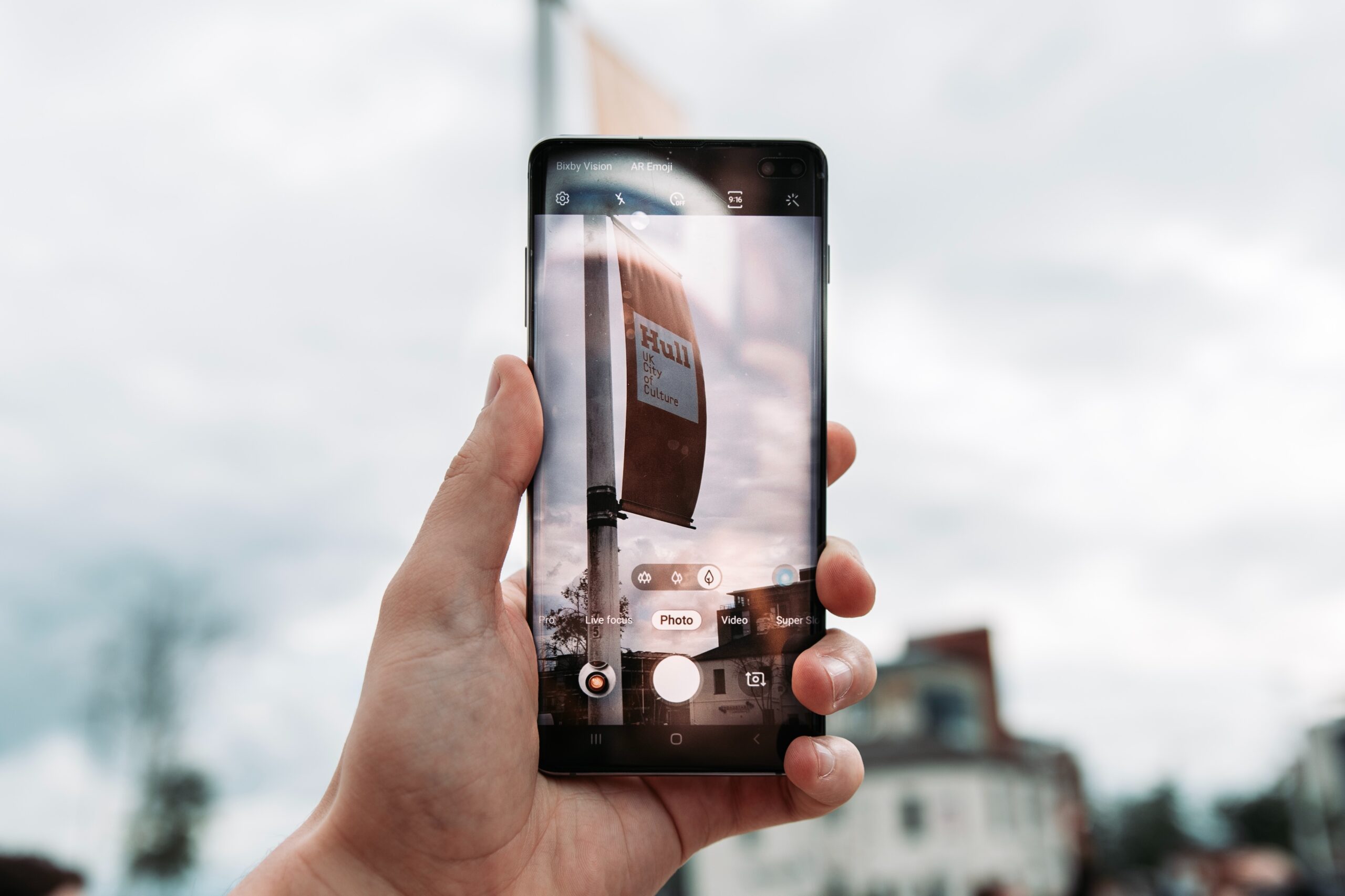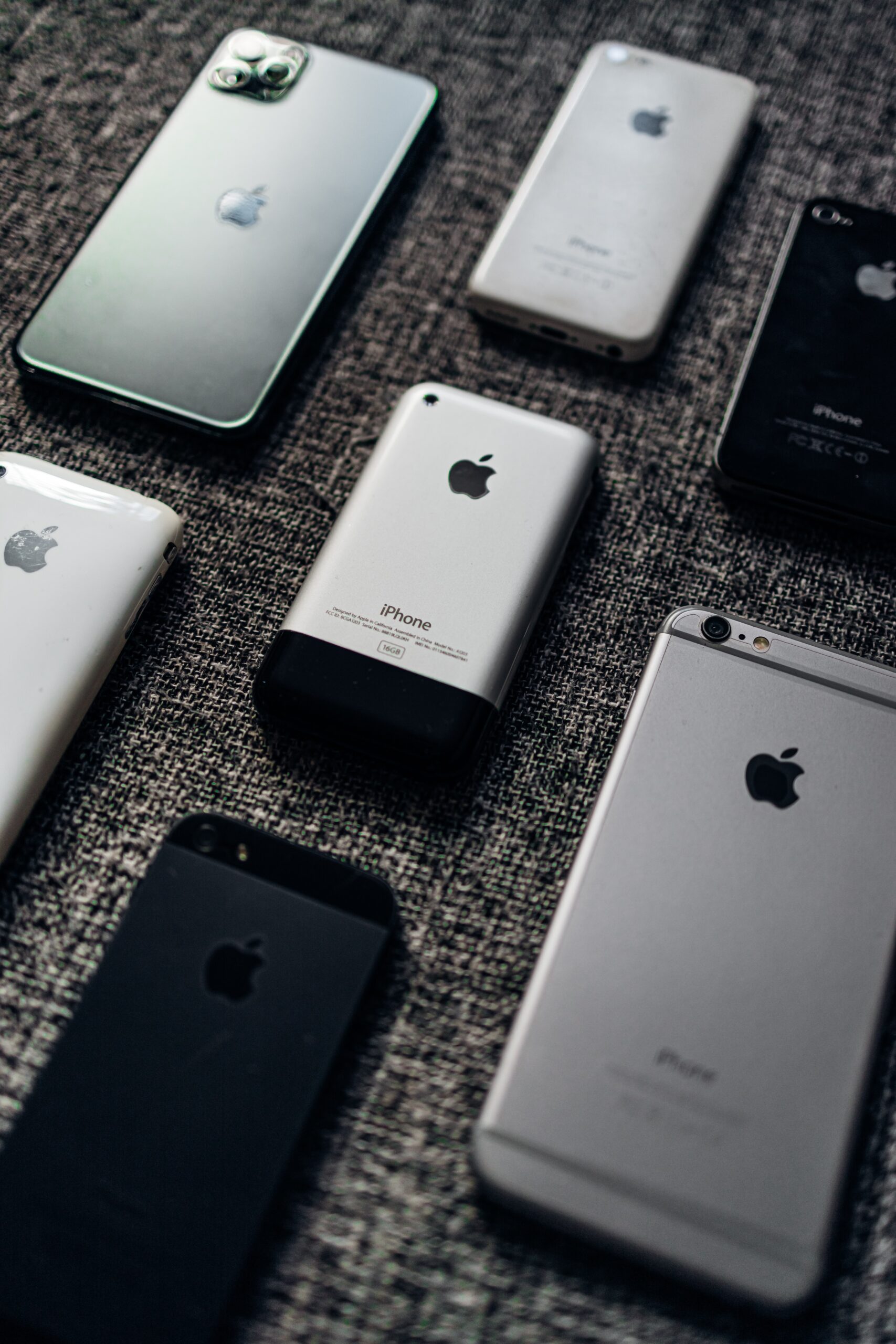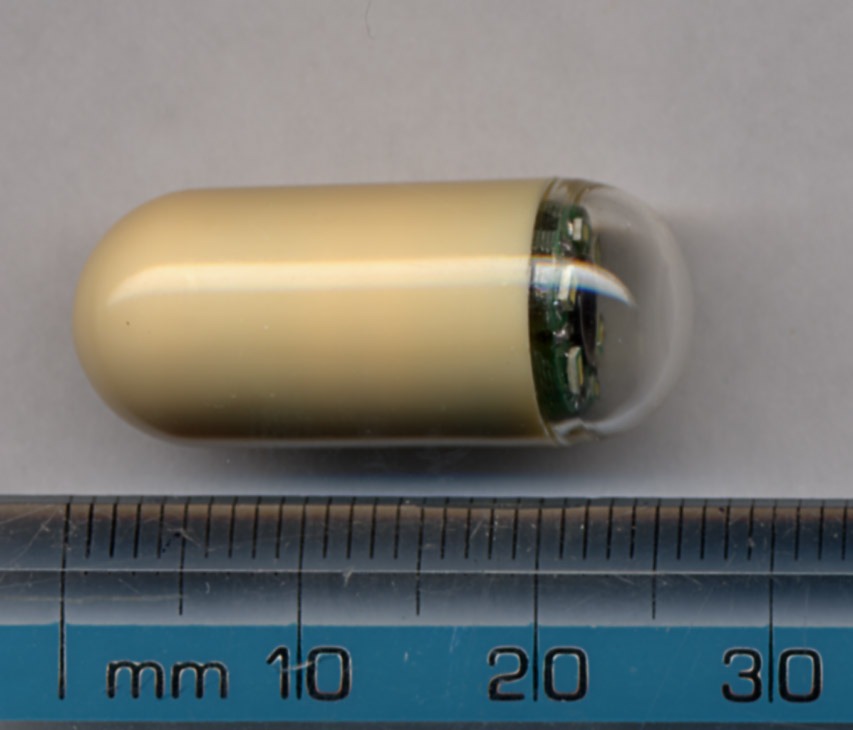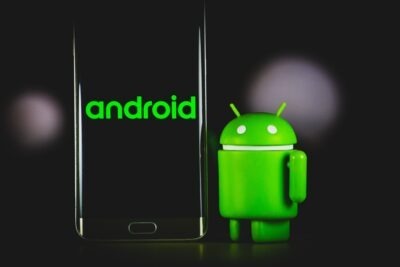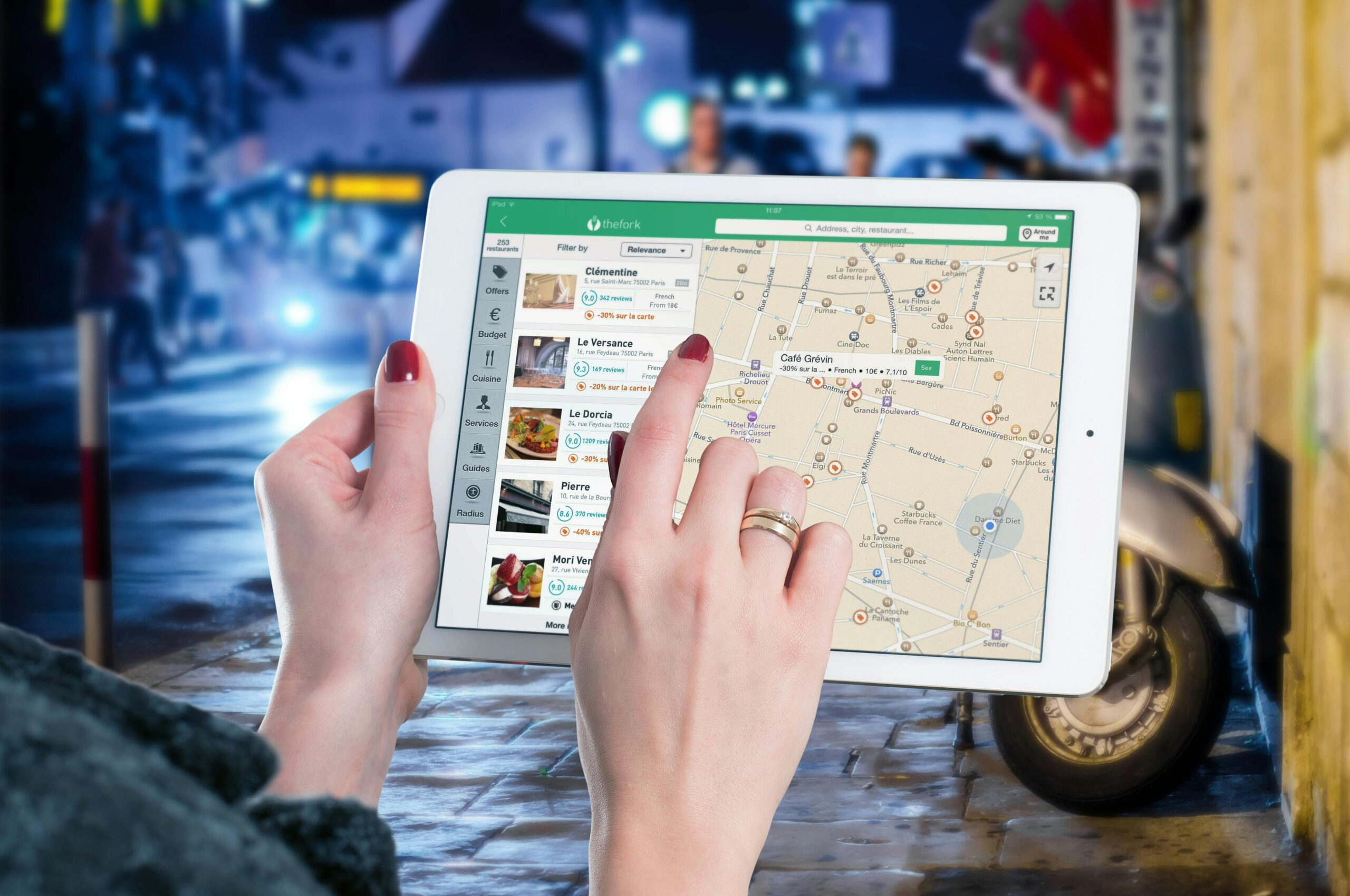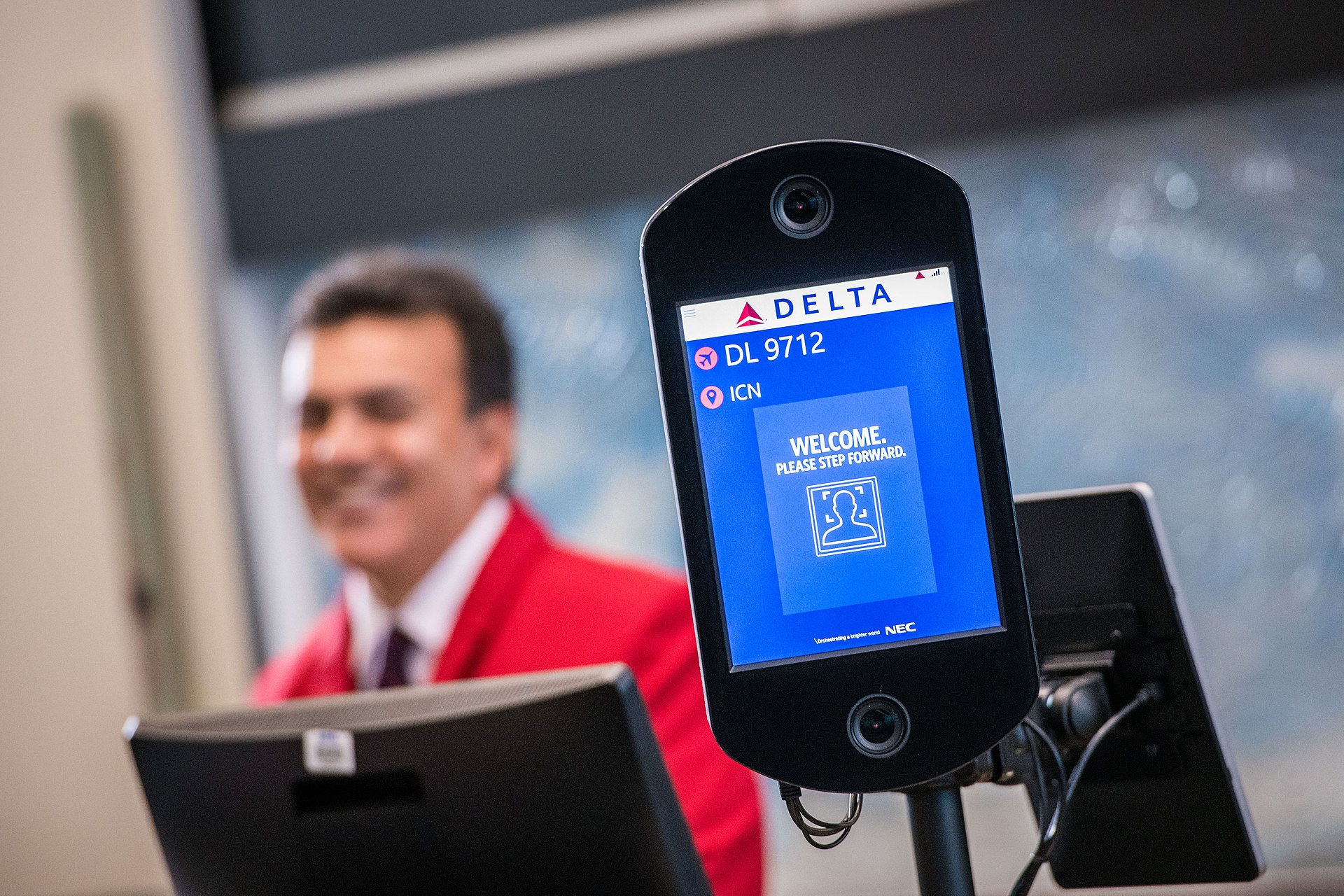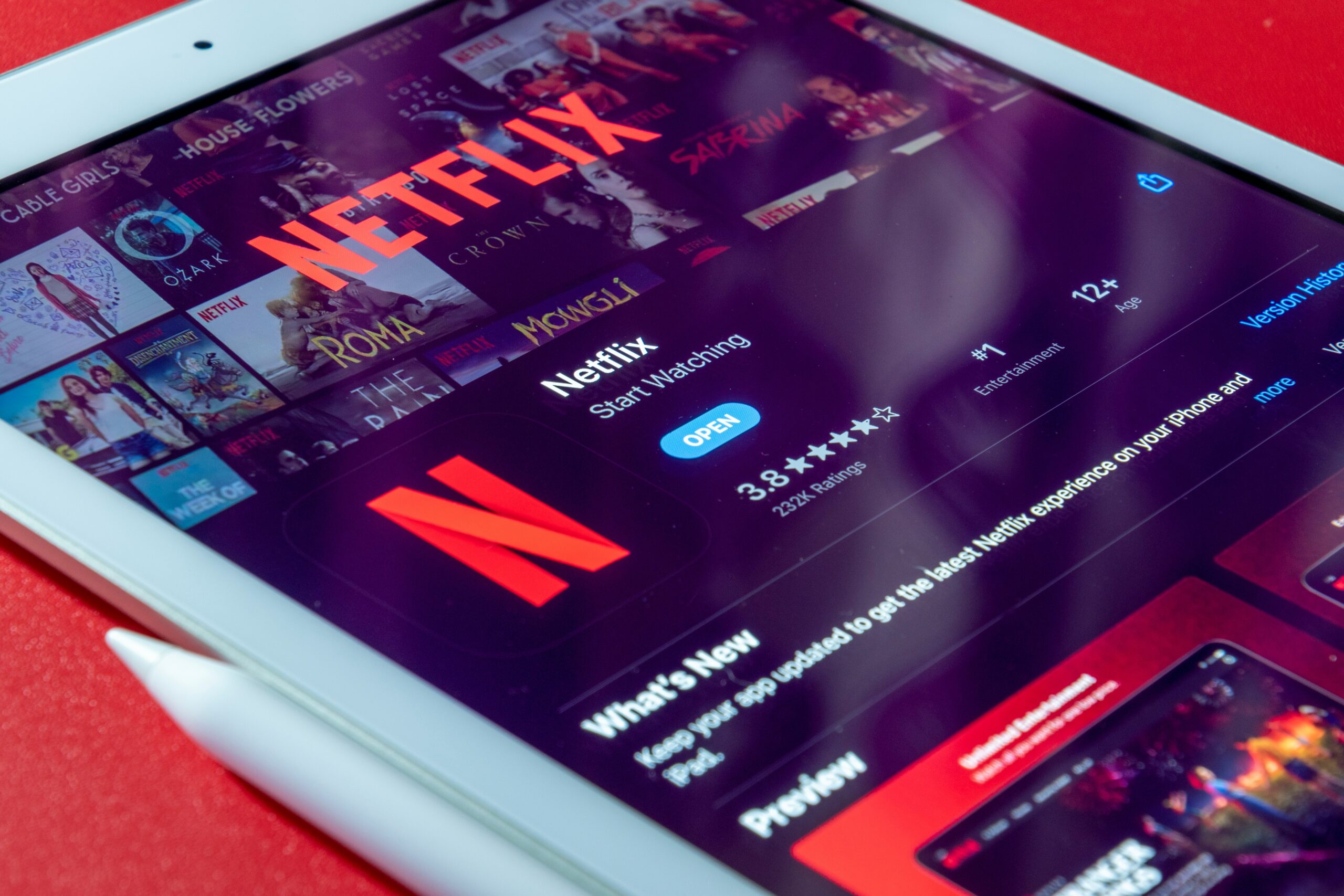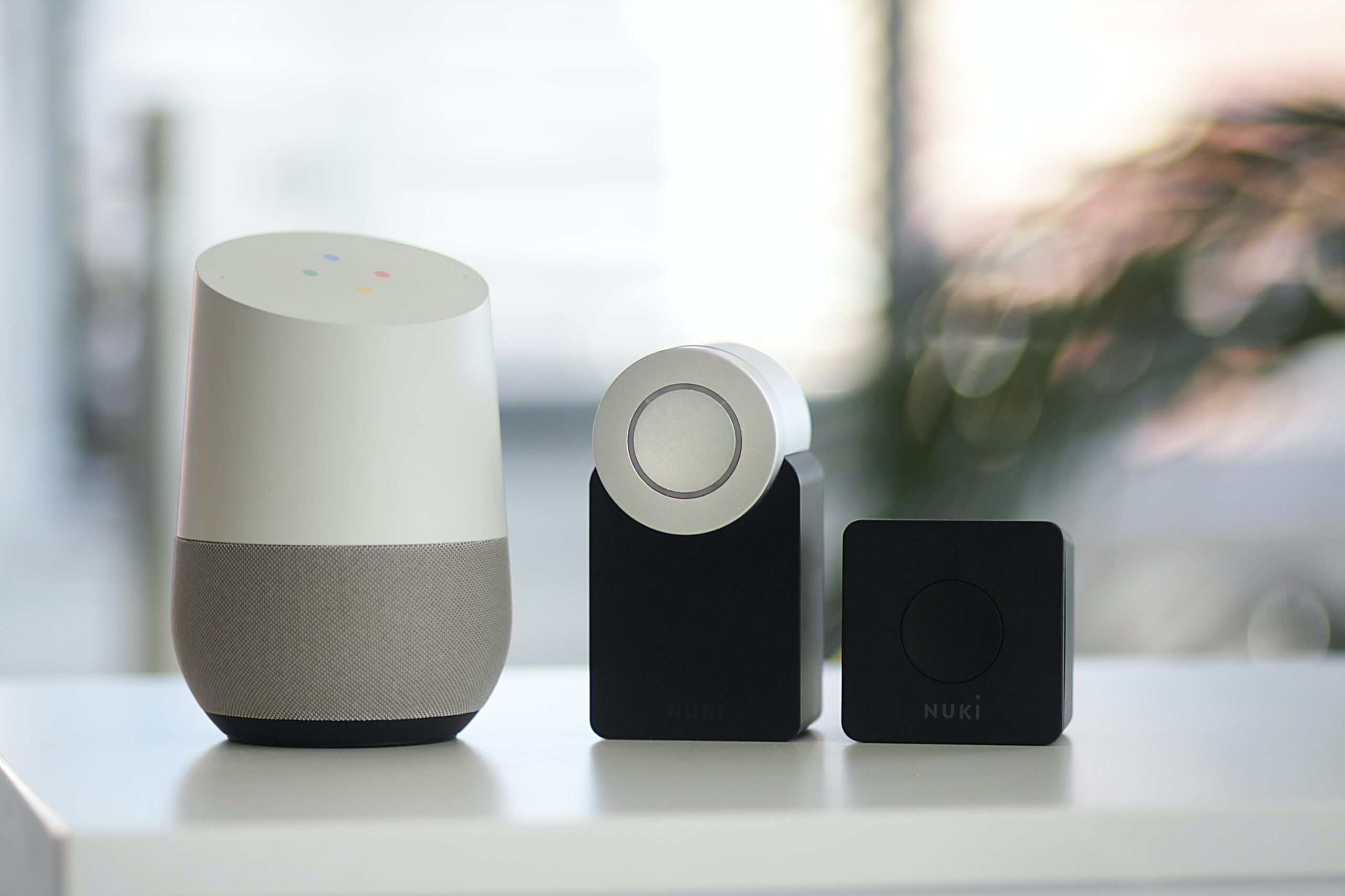The 21st century began on a solid footing. From Bluetooth technology to Facebook to the iPhone, the 2000s gave birth to some of today’s most ubiquitous products and services.
The new millennium marked not only a new era, but also significant cultural transformations. In 2007, Steve Jobs took the stage at Macworld San Francisco to introduce the iPhone, an Apple product that would eternally alter people’s lives. Online services such as YouTube and Facebook are now utilized by billions of people worldwide.
In short, the 2000s were instrumental in shaping the world we inhabit today. From the Digital Assistant to Contraception patches, here are the inventions of the 2000s that you may not have known about.
Camera Phone
In the year 2000, camera phones became commercially available. Sharp’s J-SH04 was the first version to hit the market, despite the fact that a number of major electronic companies began releasing their own. The phone’s CCD sensor enabled users to capture images on the go, and its “Sha Mail” infrastructure, also known as MMS today, enabled users to send and receive images.
Bluetooth Technology
Bluetooth 1.0 was introduced in 1999, but manufacturers and main mobile carriers did not begin incorporating it into their products until 2000. In June of 2000, the Ericsson T36 was one of the first Bluetooth-enabled phones to hit the market.
Apple iPhone
Steve Jobs ultimately displayed it after years of speculation and anticipation, and it exceeded everyone’s expectations. It wasn’t just the iPhone that disrupted the PC, music, landline, and mobile phone markets. It was the applications that required an additional year.
As soon as Apple introduced the App Store and made it possible for users to acquire apps for a few dollars and the click of a button, the last piece of friction of digital technology use vanished, and the world was irrevocably altered.
The company founded by Mark Zuckerberg in 2004 as The Facebook also owns Instagram, WhatsApp, and Facebook Messenger. Together, this behemoth dominates messaging and social media to an unprecedented extent.
Facebook has not only revolutionized how people connect and communicate, but it has also created its own vast enclosed garden containing information about nearly every person on the planet. How it uses, manipulates, and protects this data will be a problem for all of us for many years.
Contraception patch
An innovation in family planning has emerged in the early years of the new millennium, albeit one that continues to target only women and offers no protection against sexually transmitted infections. Nonetheless, the birth control patch was introduced in the United States for the first time in 2002, making it much simpler for women to avoid unintended pregnancies. The plastic patch contains the same estrogen and progesterone hormones found in birth control pills and delivers them in the same way nicotine patches deliver nicotine to help people cease smoking.
Capsule Endoscopy
In 2001, capsule endoscopy was introduced to patients following the development of light-emitting electrodes, image sensors, and optical design throughout the 1990s. The technology employs a camera the size of a vitamin capsule that is swallowed by the patient.
As the capsule travels through the digestive system, physicians can examine the digestive system in a significantly less invasive manner. Capsule endoscopy can be used to determine the source of internal bleeding, ulcerative colitis inflammation, and malignant lesions.
Genetic editing
In 2012, two distinct groups of researchers, one affiliated with the University of California, Berkeley and the other with Harvard and the Broad Institute, made independent findings on the identification of a bacterial immune system referred to as CRISPR. (an acronym for clustered regularly interspaced short palindromic repeats) could be used to make precise changes to the DNA of any organism. This discovery marked the beginning of a new era in biotechnology.
The discovery has the potential to eradicate diseases by modifying the genes of mice and mosquitoes to combat the spread of Lyme disease and malaria; however, it also raises ethical concerns, particularly in relation to human gene editing for reproductive purposes.
Digital Assistant
In recent years, one of the most prominent technological developments has been smart home technology, which can now be found in devices such as door locks, light fixtures, and kitchen appliances. Digital assistant is the essential piece of technology that has made all of this possible. In 2011, Apple was the first significant technology company to introduce Siri, a virtual assistant for iOS.
Microsoft’s Cortana and Amazon’s Alexa, among others, have since entered the marketplace. When tech companies introduced smart speakers, the assistants reached a new level of popularity. Notably, Google Home and Amazon’s Echo can now be found in millions of residences, and their applications continue to expand.
Mobile Operating System
Thanks to their user-friendly interfaces and seemingly infinite app options, mobile operating systems for smartphones and other mobile devices have facilitated the proliferation of smartphones and other mobile devices. In recent years, mobile operating systems have emerged as the predominant computer operating systems that directly engage with consumers. In 2005, when Google first acquired Android Inc., the operating system was only two years old, and the first iPhone (with its iOS) was still two years away from commercial release.
Online Streaming
Without the convergence of ubiquitous broadband internet access and cloud computing data centers used to store content and direct web traffic, online streaming would not be possible. Although internet-based live streaming has existed since the internet’s widespread adoption in the 1990s, it wasn’t until the middle of the 2000s that the internet could support the dissemination of streaming media to large audiences. Existing models of delivering media amusement, such as cable television and movie theaters, are threatened by online streaming.
Touchscreen
The world of touchscreens relies heavily on ultra-thin, chemically strengthened glass. This durable, transparent material prevents your iPad or Samsung smartphone from fracturing upon the slightest impact. Even if these displays crack, the damage is typically cosmetic and the device still functions.
Apple requested Corning Inc., a champion in the production of treated glass used in automobiles, to develop 1.3-mm treated glass for its 2007 debut iPhone. Gorilla Glass by Corning is still the most well-known, but there are other brands available.
Video doorbell
In 2013, Jamie Siminoff appeared on the television program Shark Tank with his video doorbell, the DoorBot, which captures outside activity. Even though the council of judges—sorry, sharks—did not make him a suitable offer, he launched it on his own. He changed the name to Ring, sold it to Amazon for over $1 billion in 2018, and the rest is the annals of innovation.
Sure, there were doorbells and security cameras before this, but this invention combined the two in a cost-effective manner for average householders. With nearly everyone receiving packages, doorstep thieves have become a major problem. The video doorbell is a widely-used security measure to deter and capture thieves. The Ring is one of the most secure smart doorbells available for your residence.
Facial Recognition System
The facial recognition technology conceived by Woody Bledsoe, Helen Chan Wolf, and Charles Bisson in the early 1960s has expanded in the last decade, according to Technical Writer at ProPrivacy Damien Mason. Amazon’s Rekognition software, which was introduced in 2016, is one of the most notable examples of facial recognition software.
Facial recognition provides an additional layer of biometric security, popularized by Apple’s iPhone X as a means of user authentication. It creates a state of mass surveillance that is ripe for abuse and exploitation. Facial recognition can help identify and apprehend wanted criminals, but it’s a flawed technology with far too many false positives to be a viable policing method.
Bio printing
The 3D printing technology, conceived by physical chemist and author David E. H. Jones in 1974, has become one of the most prominent innovations of the past decade. Perhaps the most significant advancements have been made in the field of bio printing, despite the fact that many of the 3D printing’s potential applications are thrilling.
In 2012, otolaryngologist Glenn Green lead a team that bioengineered the first synthetic trachea in order to stabilize the breathing of a struggling infant. In 2017, the Russian company 3D Bio Printing Solutions effectively constructed and transplanted a thyroid into a rat, marking yet another significant advancement.
While organ transplants from one person to another can result in complications, such as the recipient’s body rejecting the foreign organ, the likelihood of this happening is drastically reduced with this method, as the organ is created using the host’s stem cells. Whether this eventually extends to entire extremities or not, it is evident that this is a medical revolution.
Netflix
Netflix has been in existence since 1997, when Marc Randolph and Reed Hastings founded it as a DVD sales and rental service. However, it only became a ubiquitous name in 2010 when it began offering in-home video streaming. Despite its initially limited streaming library, the service continued to add titles over time and eventually expanded into original content production. In addition, Netflix popularized the term “binge-watching” by releasing an entire season of one of their original programs in a single day, such as Orange is the New Black. Netflix deserves credit for increasing the quality of television shows by increasing budgets and attracting movie talent to the previously inferior medium.
Uber
Technically, Garrett Camp and Travis Kalanick founded Uber in 2009 as Uber Cab, but the service has flourished over the past decade. What began as an app for smartphone users in San Francisco desiring a car ride has evolved into a multibillion-dollar global enterprise that has inspired competitors such as Lyft and Juno.
Although the concept is comparable to that of taxis, which have existed longer than automobiles, there are a few key differences. First, you no longer need to verbally convey your destination to the chauffeur; with the app, you simply enter your destination and GPS will do the rest. In addition, Uber has proliferated in many suburban and rural areas where taxis were not traditionally available, thereby expanding transportation options in areas without public transportation.
Smart Speakers
Although voice recognition software and devices have existed in various forms since the 1970s, it wasn’t until the 2010s that the technology entered our households. Well, first it arrived to our phones, when Apple introduced Siri, an electronic assistant, as a regular feature on iPhones in 2010. People became accustomed to pressing a button on their phone to ask a faceless woman a variety of inquiries. Though Siri felt (and was) futuristic, the trend really took off with the invention of smart speakers, which could not only answer the same types of queries as Siri, but also control your home’s lighting and temperature. The most popular smart speaker, Amazon’s Alexa, was released in 2014, followed shortly by Google Assistant. Today, 26.2% of the U.S. adult population, or 66.4 million individuals, have a smart speaker in their home. Obviously, with this technology came a new set of ethical concerns regarding companies’ ability to eavesdrop in on your home and the fate of the data collected by this device.
Tesla Powerwall
As solar power becomes increasingly affordable — it’s cheaper than gas and coal in many parts of the country — the new challenge is to find a method for your home to store excess energy and use it when necessary. The 2015-launched Tesla Powerwall provides this capability with a high level of sophistication, allowing you to program your usage to collect energy during off-peak hours and then utilize it during peak hours. California, Arizona, and Massachusetts have already implemented time-of-use energy pricing, which will save you money and reduce strain on local power facilities as more states follow suit.
SpaceX’s Reusable Rocket
Elon Musk’s ideas are visionary, and when he implements them, his inventions have the potential to transform the world. The majority of the decade was devoted developing SpaceX’s reusable rocket system. The December 2015 launch, orbital delivery, and landing of SpaceX’s Falcon 9 rocket at Cape Canaveral ushered in a new era of space travel. A Falcon 9 launch costs approximately $62 million, or $2,500 per pound of cargo, which is a quarter of what it cost a decade ago, making space accessible to entrepreneurs. And it could also be useful if, you know, we ever need to abandon Earth and transfer the entire human race to Mars.
To summarize
Since the start of the new millennium, the world has witnessed the emergence of social media, smartphones, self-driving automobiles, and unmanned aircraft. There have also been tremendous advances in the fields of energy storage, artificial intelligence, and medicine. Men and women have mapped the human genome and are currently debating the consequences of biotechnology and gene editing
The human race has always been inventive, and in a relatively brief period of time went from building fires and crafting stone-tipped arrows to developing smartphone applications and autonomous robots. In the coming decades, technological advancement will unquestionably continue to alter how we work, live, and survive.


